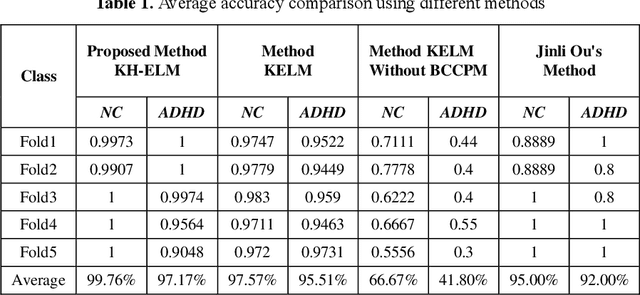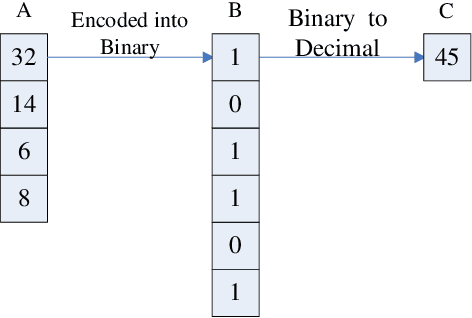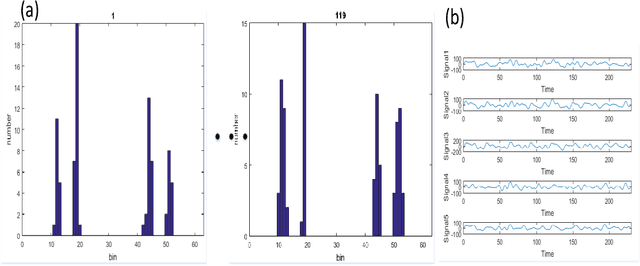Functional Connectivity Based Classification of ADHD Using Different Atlases
Paper and Code
Mar 01, 2022



These days, computational diagnosis strategies of neuropsychiatric disorders are gaining attention day by day. It's critical to determine the brain's functional connectivity based on Functional-Magnetic-Resonance-Imaging(fMRI) to diagnose the disorder. It's known as a chronic disease, and millions of children amass the symptoms of this disease, so there is much vacuum for the researcher to formulate a model to improve the accuracy to diagnose ADHD accurately. In this paper, we consider the functional connectivity of a brain extracted using various time templates/Atlases. Local-Binary Encoding-Method (LBEM) algorithm is utilized for feature extraction, while Hierarchical- Extreme-Learning-Machine (HELM) is used to classify the extracted features. To validate our approach, fMRI data of 143 normal and 100 ADHD affected children is used for experimental purpose. Our experimental results are based on comparing various Atlases given as CC400, CC200, and AAL. Our model achieves high performance with CC400 as compared to other Atlases
 Add to Chrome
Add to Chrome Add to Firefox
Add to Firefox Add to Edge
Add to Edge